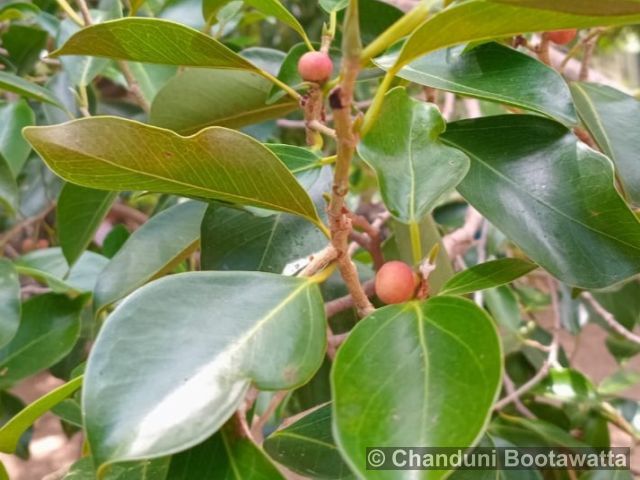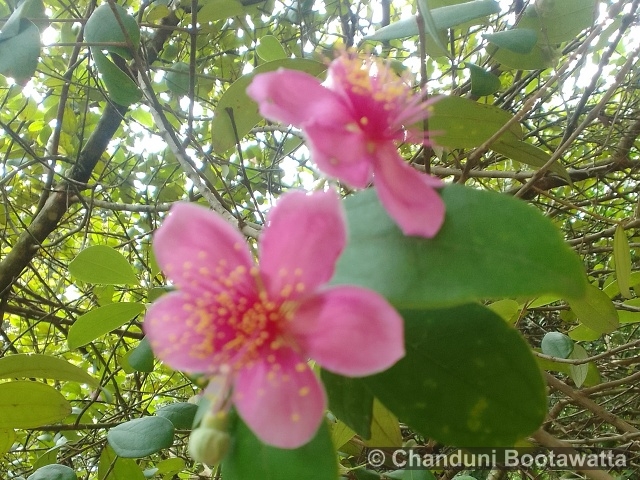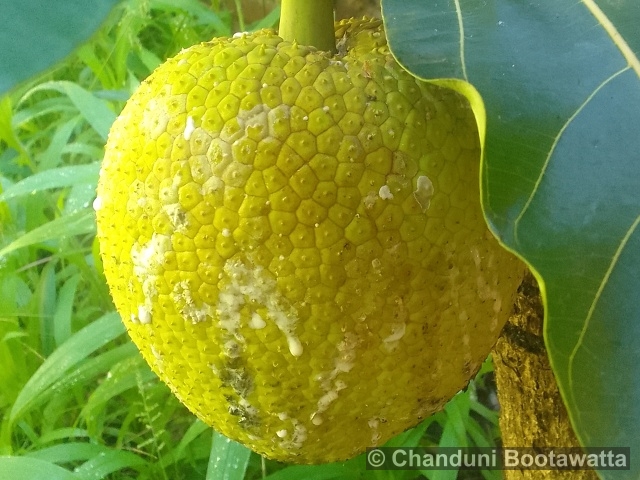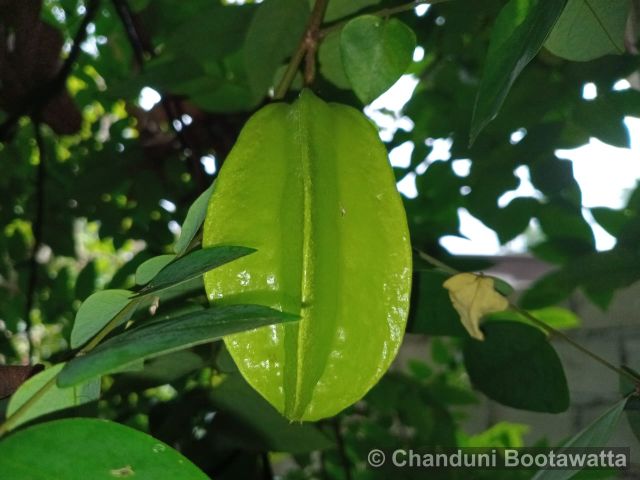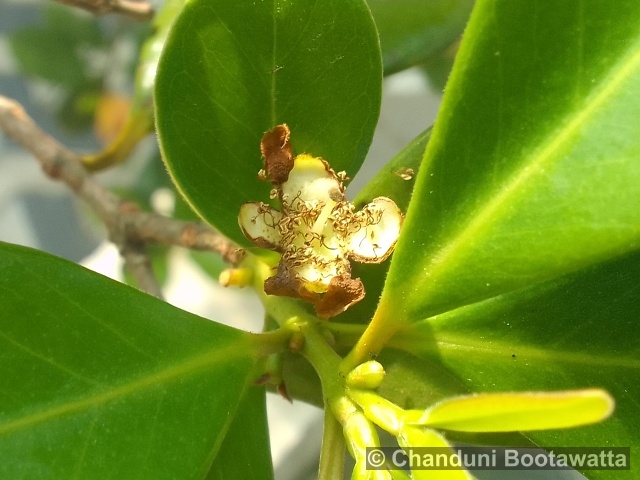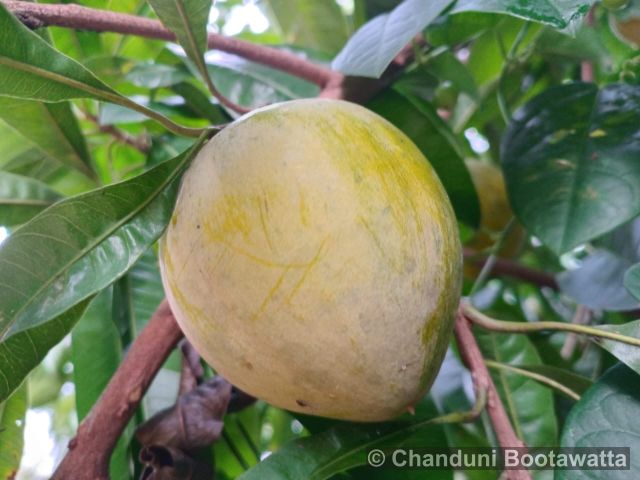Tento příspěvek byl přečten236krát!
Kanafuru, Zobo pepper
Syn.: Caryophyllus aromaticus L., Eugenia aromatica (L.) Baillon, Myrtus caryophyllus Spreng., Jambosa caryophyllus (Thunb.) Nied., Eugenia caryophyllus (Spreng.) Bullock & S.G. Harrison, Eugenia caryophyllata Thunb., Caryophyllus hortensis Noronha, Caryophyllus silvestris Teijsm. ex Hassk.
Family: Myrtaceae
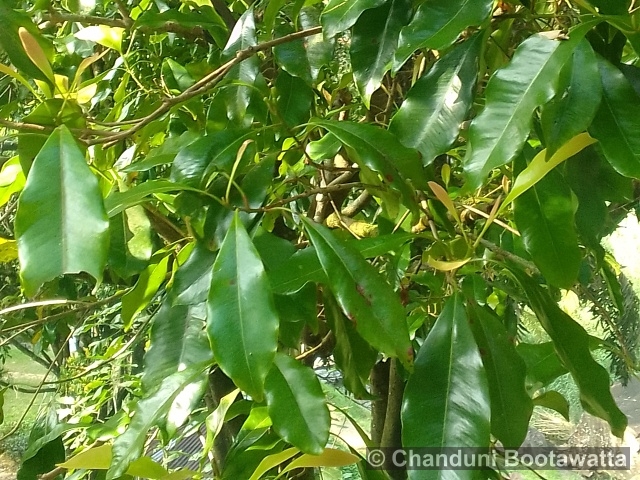
Description: Syzygium aromaticum, commonly known as clove, is a tropical evergreen tree. Its small, fragrant flowers are creamy-white and clustered in terminal panicles. The tree’s leaves are glossy and dark green, with a lanceolate shape. The bark is smooth and grayish-brown.
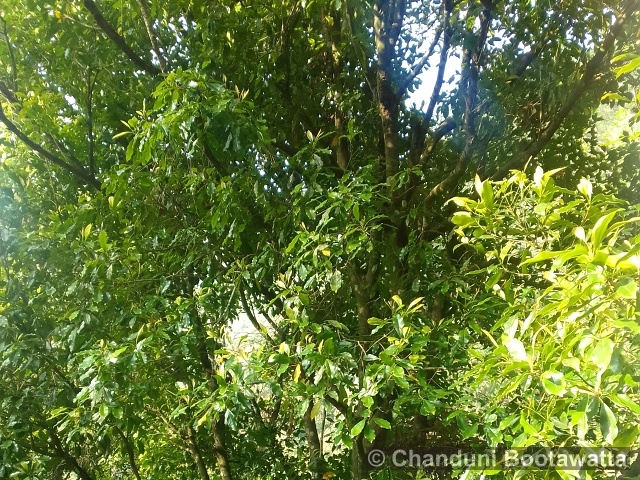
Substitutions: Pimpinella anisum (Anise): Anise has a distinct licorice-like flavor and aroma, which can be used as a substitute for cloves in some dishes, particularly baked goods. Pimenta dioica (Allspice): Allspice has a similar flavor profile with hints of clove, cinnamon, and nutmeg.
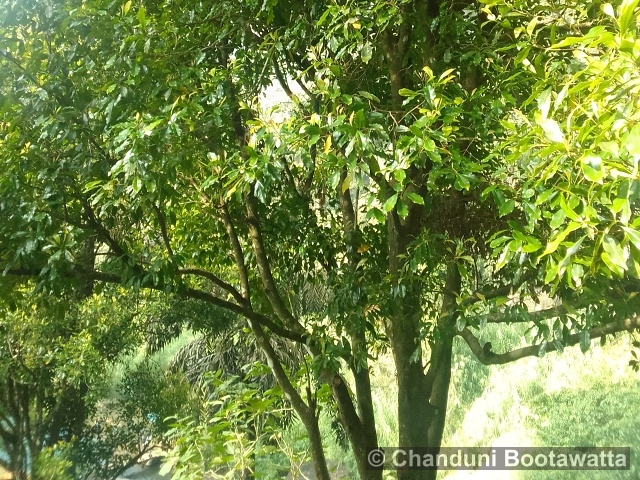
Ecology: Clove trees thrive in tropical climates with well-drained, fertile soils rich in organic matter, and they require a warm, humid environment with consistent rainfall and temperatures between 20 to 30 degrees Celsius for optimal growth.
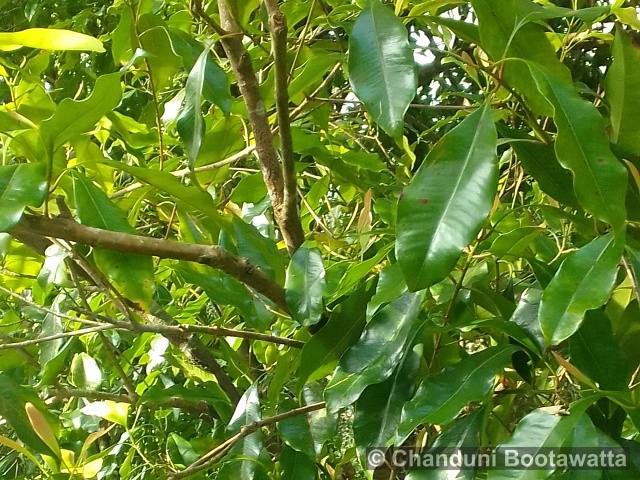
General Distribution: Syzygium aromaticum (Clove) is native to the Maluku Islands in Indonesia, but it is cultivated in various tropical regions around the world, including Sri Lanka, Madagascar, Tanzania, India, and other parts of Southeast Asia, as well as parts of Central and South America, Africa, and the Caribbean.
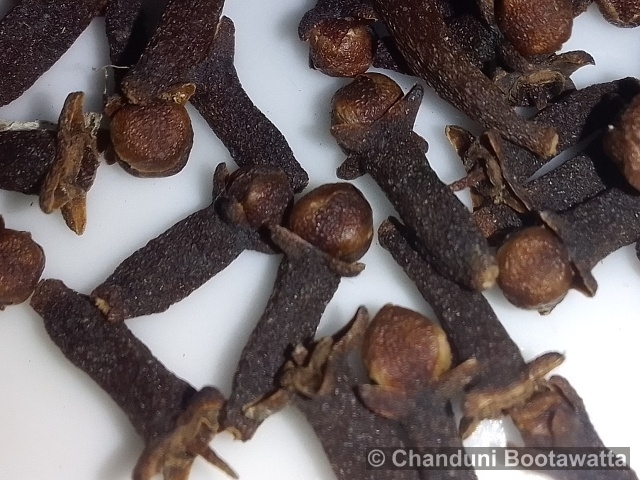
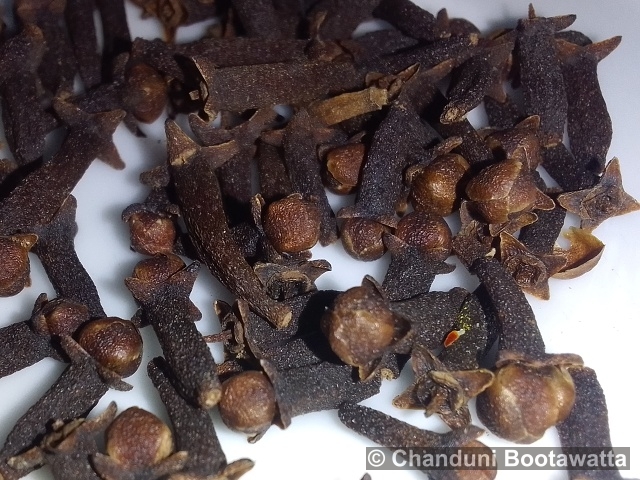
Use: Cloves are widely used as a spice, known for their strong, warm flavor and aromatic scent. They are employed in culinary dishes, herbal remedies, and aromatherapy. Additionally, cloves have been historically utilized for their medicinal properties, including their analgesic, anti-inflammatory, and antimicrobial effects, making them a valuable component in traditional medicine practices around the world.
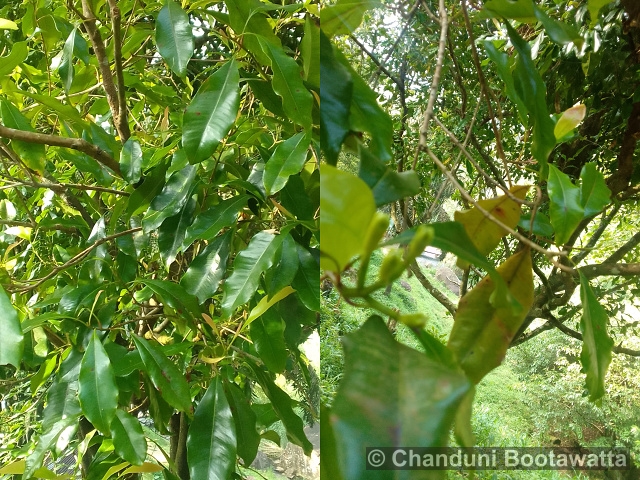
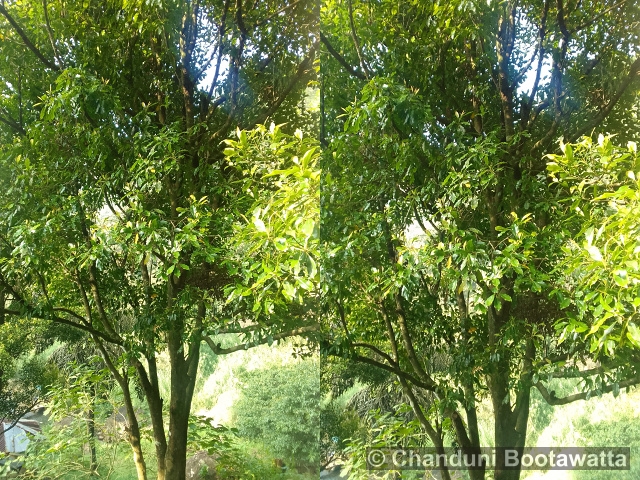
Author of text and photos: Chanduni Bootawatta.
Photographed in Matale, Sri Lanka on 20/02/2024.



 Poslat emailem
Poslat emailem